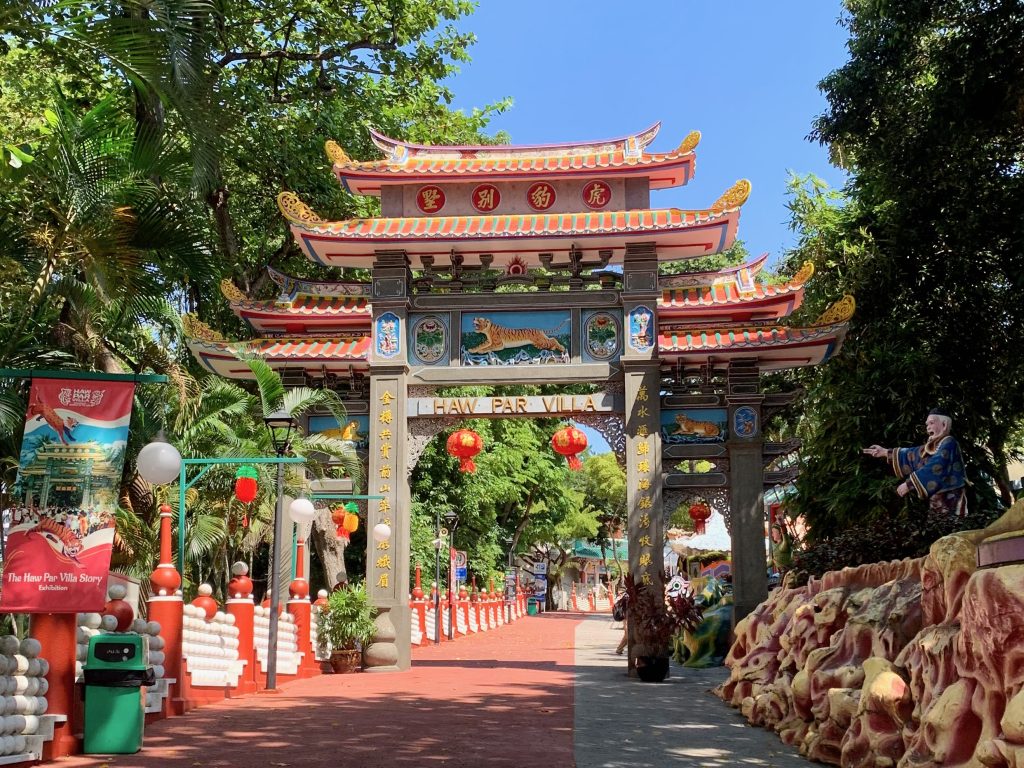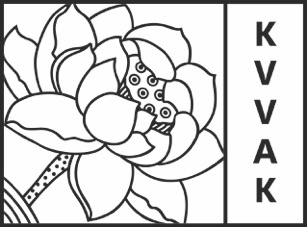Ghosts in the Garden: Affective Encounters and Subversive Presence in Singapore’s Haw Par Villa

Sitting atop a hill in Singapore, the sculpture garden Haw Par Villa is home to more than 1,000 dioramas and life-sized tableaux depicting scenes from Chinese myths of Taoist, Buddhist, Confucian, and folk origins. Conceived by Aw Boon Haw, the Burmese-Hakka medicine tycoon behind the Tiger Balm ointment, Haw Par Villa first opened to the public in 1937 and preserves its bizarre aesthetics nearly a century later. The immersive garden occupies a unique space in Singapore’s cultural imagination—not only do its larger-than-life sculptures allude to stories of spirits, gods, and hybrid creatures, but their uncanny and garish visual style also evokes a type of liveliness that has generated a world of ghost stories, resulting in the park’s reputation as a haunted space. Despite local pop culture’s growing fascination with it as an iconic and nostalgic visual spectacle, few have approached Haw Par Villa from an art historical perspective. This paper introduces new ways of considering Haw Par Villa’s affective hold over the collective imagination of Singapore. Engaging with Southeast Asian material culture, urban studies, and cultural theory, this paper situates Haw Par Villa in the context of urban Singapore, a city-state known worldwide for its meticulously pruned and pristine environment. This research meditates on what it means for a ‘haunted’, eclectic sculpture garden to exist in the seemingly rational and orderly landscape of Singapore. Treating the sculptures of Haw Par Villa as objects worthy of art historical analysis reveals how their visual and material specificities imbue them with a dynamic sense of presence, which invites affective encounters and aligns with local ontologies of ghosts. Ultimately, this study demonstrates that notions of hauntedness are central to a contemporary Singaporean identity reckoning with state mandates of modernity. The landscape of Haw Par Villa subverts the prevailing image of Singapore as a sanitized, technocratic, and hypermodern state.
Bio
Tiffany Wu is an MPhil in History of Art and Architecture student at the University of Cambridge, supported by the Williams College Dr. Herchel Smith Fellowship. Her research interests include contemporary Asian/Asian diasporic artists and decolonial approaches to art history. This presentation builds upon her bachelor’s thesis, which was awarded the S. Lane Faison, Jr. 1929 Prize at Williams College.
